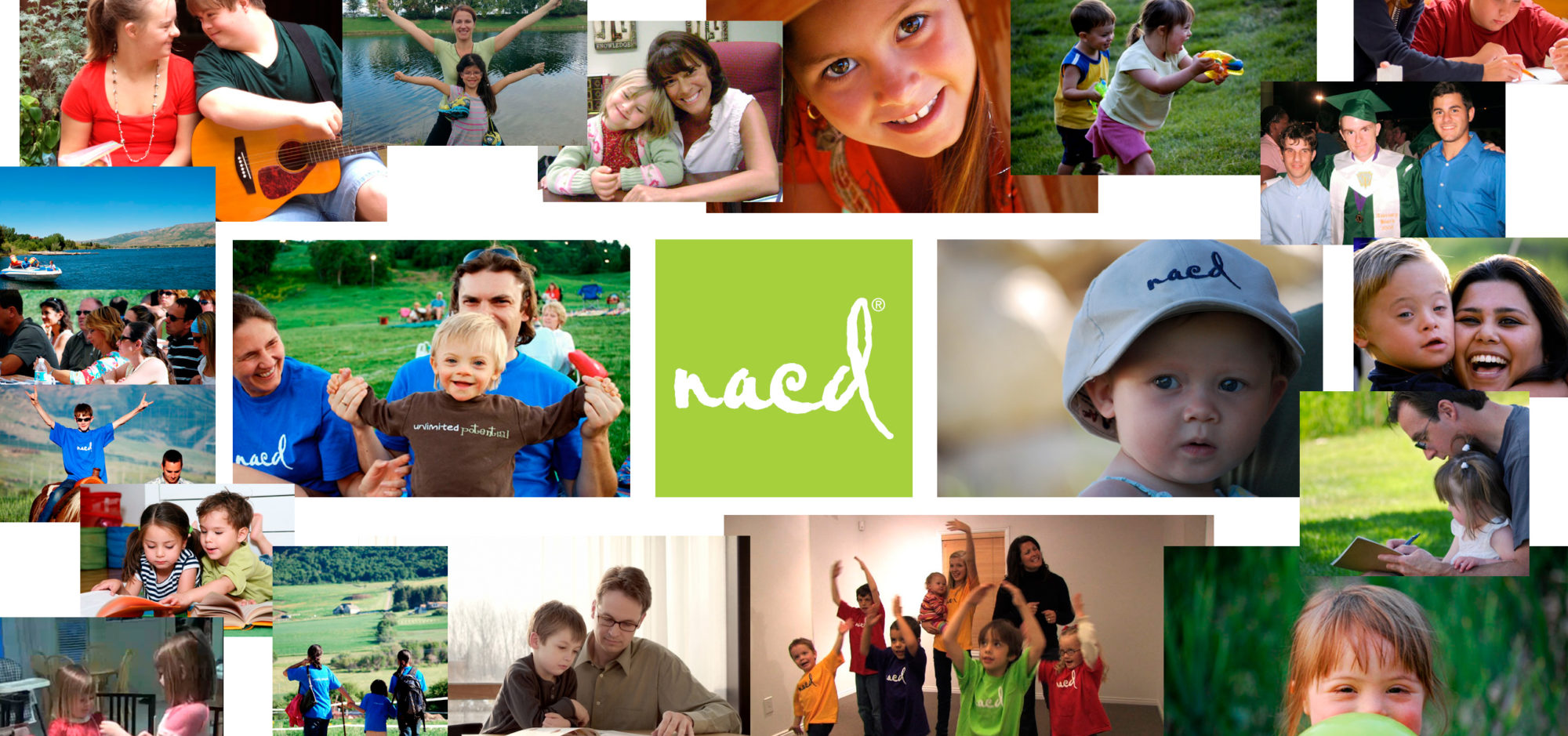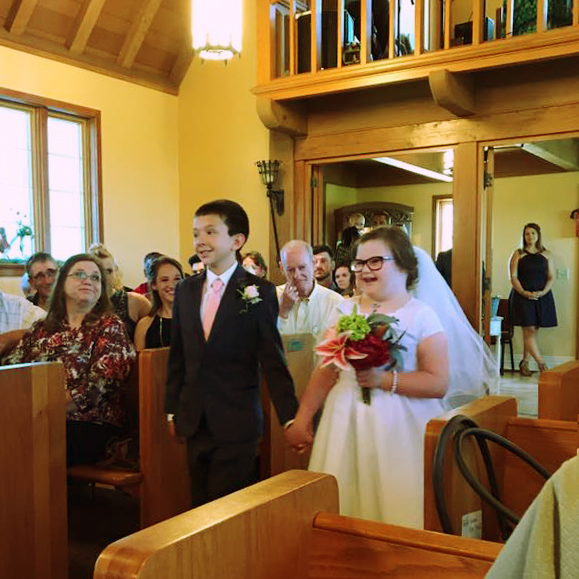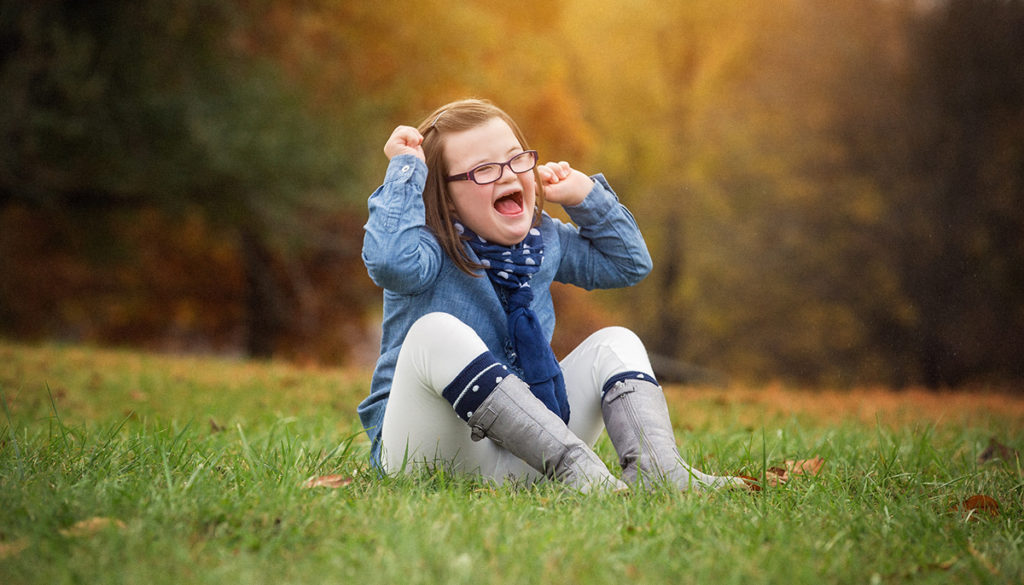More Related Posts
What Can Be, What Should Be, What Needs to Be: Potential is Defined by Opportunity

Don’t know how I could have missed it, but last Saturday August 26th was evidently National Dog Day! So, in a belated tribute to all of our dogs, here are my two—Lucy Liu and Boudreaux. A couple of miniature wirehaired dachshunds. I think these dogs understand a couple of hundred words and pay better attention to me than most children—or adults for that matter.
Over the years, I have encouraged many families to get dogs for their children, particularly children without a close sibling or playmate. Children with developmental and communication issues who find it difficult or even impossible to verbally communicate or play with others often find the companionship of a dog to be a wonderful addition to their lives.
As a child who was never permitted to have a dog (I ended up with a duck) I am happy to champion the cause of all of those children out there who want and need a dog.

This picture is from the recent wedding of Natalie Hagan, a great gal who has helped implement NACD programs with these two terrific kids—Abby and Lucas. Between these two proactive families, their schools, and caring individuals like Natalie and Debbie Hayden, the OT that referred them and has helped them implement their programs, we have a great model of what can be, what should be, and what needs to be.
Potential needs to be defined by opportunity and not by diagnosis or label. Outcomes for children with the same or similar labels can be dramatically different, with those outcomes largely being predicated on the opportunities provided.
Abby and Lucas both have wonderful families—families who have been great at getting their NACD programs implemented, advocating for their children, and looking toward their children’s futures. In both cases, the kids’ schools have learned to cooperate with and support the parents in the implementation of their NACD programs and their goals, and in addition have provided appropriate class placement and support. Both families have also successfully found help at home to assist in completing the children’s individualized NACD programs with excellent results.
I spoke of Lucas in a previous post, so now let’s talk about Abby.
Abby was referred to NACD by her occupational therapist when she was just over a year old. Abby is now an eight-year-old who will be entering the 3rd grade in a typical classroom and who is doing well academically and socially. She is involved in Girl Scouts, ballet, and she plays softball. Abby is a star, loved by classmates and everyone who is fortunate enough to know her. She is an entrepreneur. She also has Trisomy 21 (Down syndrome).
Being proactive and planning for her future, her parents have already started a business for her called, “Abby’s Mini Golden Doodles” with her own facebook page:
Abby is actively helping with the first litter of puppies and is learning how to care for the dogs. The plan is for her to learn dog training and handling, with the goal of developing a business involving dog breeding and dog handling, as well as a companion and therapy dog program.

One of the very difficult realities that most adults with Down syndrome and many adults with other developmental issues have is that the world is often only welcoming up to a certain point. Through the years, we have seen young adults with good academic function, good social skills, and even college degrees that could not get a job even close to commensurate with their abilities and skills. Imagine a child with Down syndrome working hard, with a ton of support from their family, academically competing with their peers, getting the same high school diploma as their classmates, having in many cases more appropriate social skills than most of their peers, and then being encouraged to pack groceries or move grocery carts upon graduation by their vocational advisors. This is obviously something that must change, but until it does, families having or starting businesses for their children is a very viable alternative for proactive families.
Abby is a delightful, happy, wonderful, contributing and beautiful child with a bright future. When everyone works together–parents, caregivers, therapists, school administrators, teachers, community members and organizations–to help the family achieve their goals for their child, there should be no limits.
P.S. – Often at the conclusion of Abby’s visits with me, she stops at the door, turns around, gives me a huge Abby smile, waves, and says, “Bye, Bobby.” Gotta love this kid!
This may look like a bat to you, but to me it looks like a tornado.
If I’m in town, Sundays are family dinner days at Granddad’s. My sons, their wives and the grandkids come to my house, I cook and we spend quality time together. I also get to hear critiques on the food. I never follow a recipe, so every time I fix something its different. What’s the fun or challenge in doing something the same way over and over again? It could always be better—right? Part of our tradition is after dinner, during the times when we don’t have snow or when it’s too cold, everyone with the exception of the chef cleans up the dishes and packs up the leftovers to take home. Then we go up to my little pond (my favorite place on the planet) and feed the fish, listen to the birds, shoot pebbles with sling shots at the wind chimes, look for cool rocks, enjoy each other and commune with nature. We also watch the bats as they swoop down to attack the insects flying around the pond.
This past Sunday, the dogs and I were the first ones to the pond—everyone else, including my six-year-old grandson Brendan, were still working on the dishes. As I stepped off the deck, I discovered this tiny little bat that had probably hit a window, lying there stunned. I called everyone up and we gathered around to watch the little two-inch long bat recover. It only took a couple of minutes before Brendan and big brother, sixteen-year-old Ethan, figuring out a name for the little bat. They settled on “Count Batula.” As we all watched this incredible creature start moving around, trying not to disturb it too much (except for the occasional squeal from the kids when the bat scurried toward one of them), we also dealt with the obvious discussion that developed around whether or not they should take the bat to the Nature Center or take it home and keep it as a pet. The boy’s mom, my daughter-in-law Mandy, was ready to go find a box. My son Alex was strongly suggesting that we let nature take its course and leave the little rodent alone.
Long story short, everyone watched the bat’s recovery—even discovering that Count Batula would eat fish food—who would have thought? Everyone exchanged their, as we discovered, rather limited knowledge of bats. I elected to leave out my vampire bat information to avoid any possible six-year-old’s nightmares.
From the get go, I didn’t see a bat—I saw a great opportunity. An opportunity to create an interest, an interest that was starting off with some great intensity, intensity that had the potential to grow and spread and perhaps even spawn a blue sky, rainbow tornado. Way cool!
Watch for potential opportunities and help get the winds get a blowin’.
—Bob
P.S. We let the little bat go about its little bat life without interference.
And, now for the rest of the story…
Tornadoes: Thoughts on the Brain and Child-Centered Learning